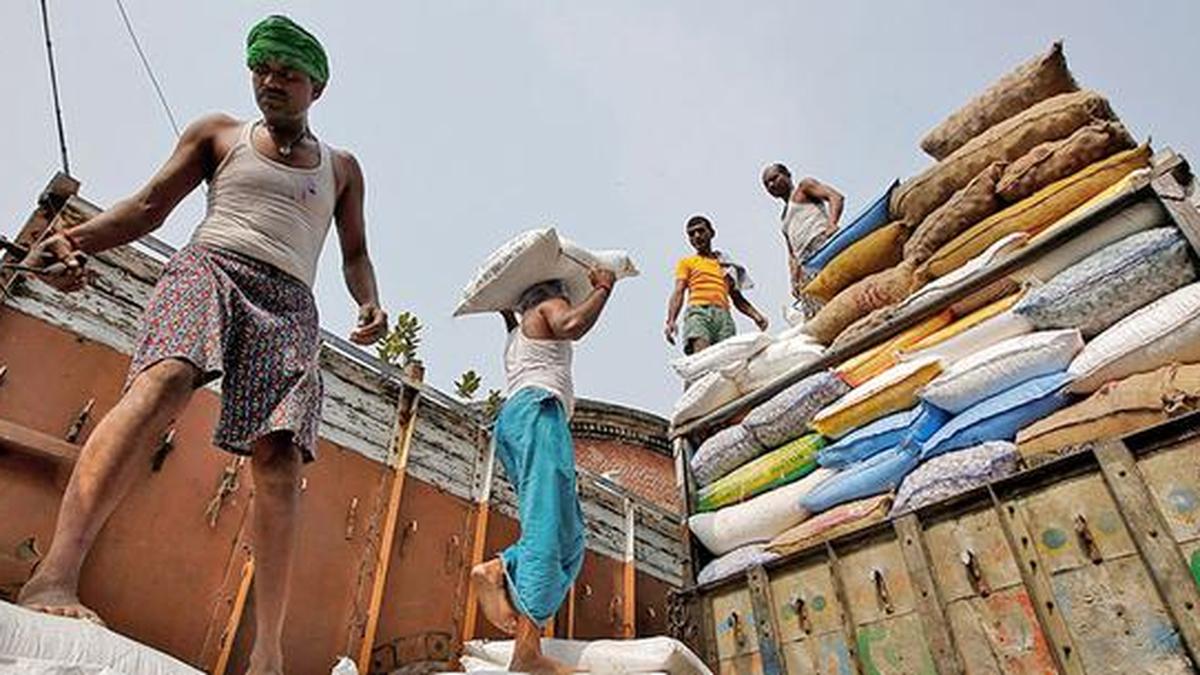
What is the significance of Labour Day or May Day | Explained
The Hindu
The Hindu decodes the history of Labour Day and why it is celebrated worldwide.
The story so far: Politicians, celebrities and members of civil society came together on Wednesday to celebrate Labour Day and recognise the contributions of workers. Also known as May Day, May 1 is celebrated to honour the working class and commemorate their struggles for fair wages and better working conditions.
On the occasion, the International Labour Organisation (ILO) emphasised the importance of renewing commitment to social justice. The ILO highlighted the daily challenges that workers face, both existing and emerging, and called for action to ensure that economic growth translates into better living standards and working conditions for all. “This year, our celebration of Labour Day has a sense of urgency for renewed commitment to social justice, as we navigate through the complexities of our time, including climate change and the rapid evolution of the workplace due to technological advancements. These challenges have not only tested our resilience but have also underscored the indispensability of concerted efforts and solidarity in promoting the welfare of workers across all sectors,” it added.
Also Read | Why you may (or may not) have worked on May Day
International Workers’ Day, also known as May Day, is celebrated on May 1 to recognise the contributions of the working class and workers’ rights worldwide.
The origins of May Day can be traced back to the late 19th century, specifically to the 1886 Haymarket Massacre in Chicago.
At the time, several countries were reeling under the heat of industrialisation. Crop failure in the 1840s had led to widespread anti-feudal upheavals called ‘The Revolutions of 1848’ with Karl Marx’s The Communist Manifesto leaving a lasting impact on workers. The subsequent events resulted in the birth of an umbrella body for socialists and communist organisations in 1864, known as the First International. Thousands of industrial workers in the industrial city of Chicago in the United States went on a massive strike to demand better working conditions and a reduction in their work hours from 12-15 hours a day to eight hours daily. The movement spread throughout the country, rallying tens of thousands of workers.
On May 4, 1886, a bomb went off at a protest rally at the Haymarket Square in Chicago and ended in a riot as workers clashed with police. At least 11 people were killed. The incident which came to be known as the Haymarket massacre is historically referred to as the origin of May 1 as Workers’ Day.





















 Run 3 Space | Play Space Running Game
Run 3 Space | Play Space Running Game Traffic Jam 3D | Online Racing Game
Traffic Jam 3D | Online Racing Game Duck Hunt | Play Old Classic Game
Duck Hunt | Play Old Classic Game











